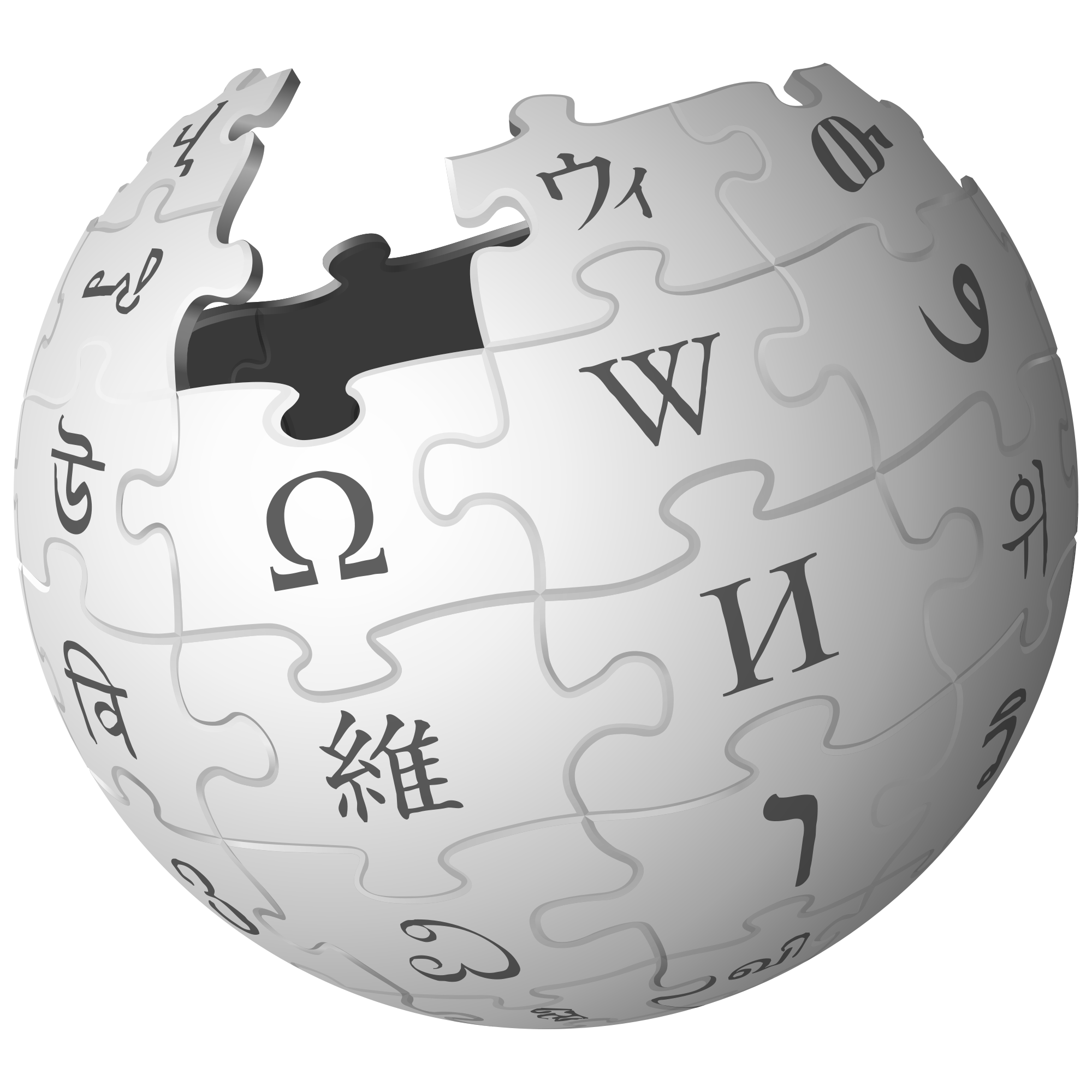On March 5, 2002, U.S. President George W. Bush placed tariffs on imported steel. The tariffs took effect March 20 and were lifted by Bush on December 4, 2003. Research shows that “the costs of the Safeguard Measures [steel tariffs] outweighed their benefits in terms of aggregate GDP and employment”.
Trump used tariffs in his first presidency. The first time he used tariffs it caused more harm than good. His steel tariffs caused job losses in areas he said would come back. It was the largest tax on Americans in decades.
Less than 10 years later and it’s ancient history. Never brought up in articles.
Due to the current news of more tariffs, it’s probably a good time to read about the effects when Bush did a similar thing 20 years back.
Nice idea… too bad looking to the past and learning things from it is woke
yeah we don’t do that anymore. Might learn something we’d rather not know.
like that every fascist government got millions of its own citizens killed
Yeah but someone called Trump a chicken. So consequences be damned. Until he chickens out again
(my bold)
Steel producers had originally sought up to a 40% tariff. Canada and Mexico were exempt from the tariffs because of penalties the United States would face under the North American Free Trade Agreement (NAFTA). Additionally, some other countries such as Argentina, Thailand, and Turkey were also exempt. The typical steel tariff at the time was usually between zero and one percent, making the 8–30% rates seem exceptionally high. These rates, though, are comparable to the standard permanent U.S. tariff rates on many kinds of clothes and shoes.



